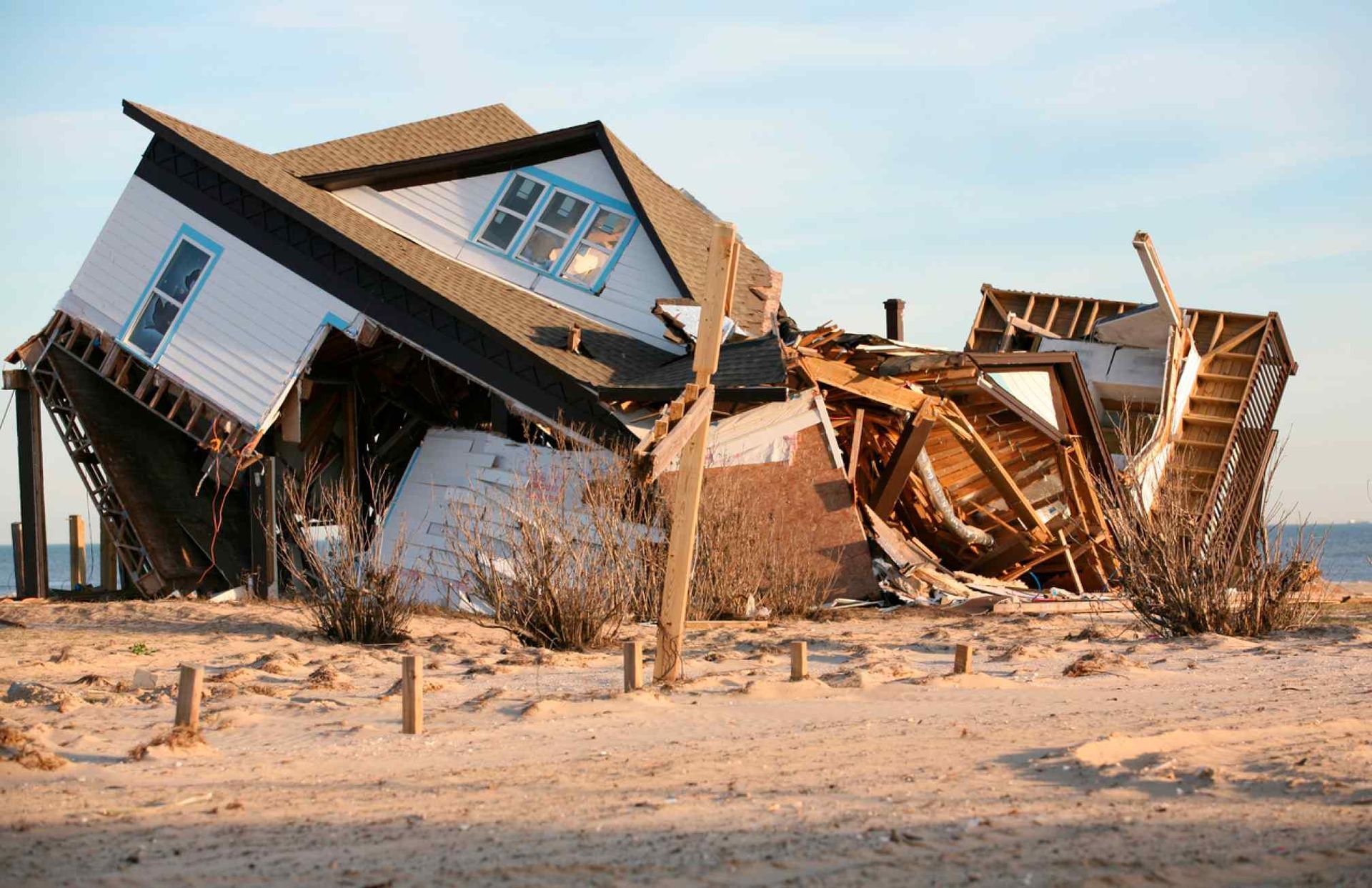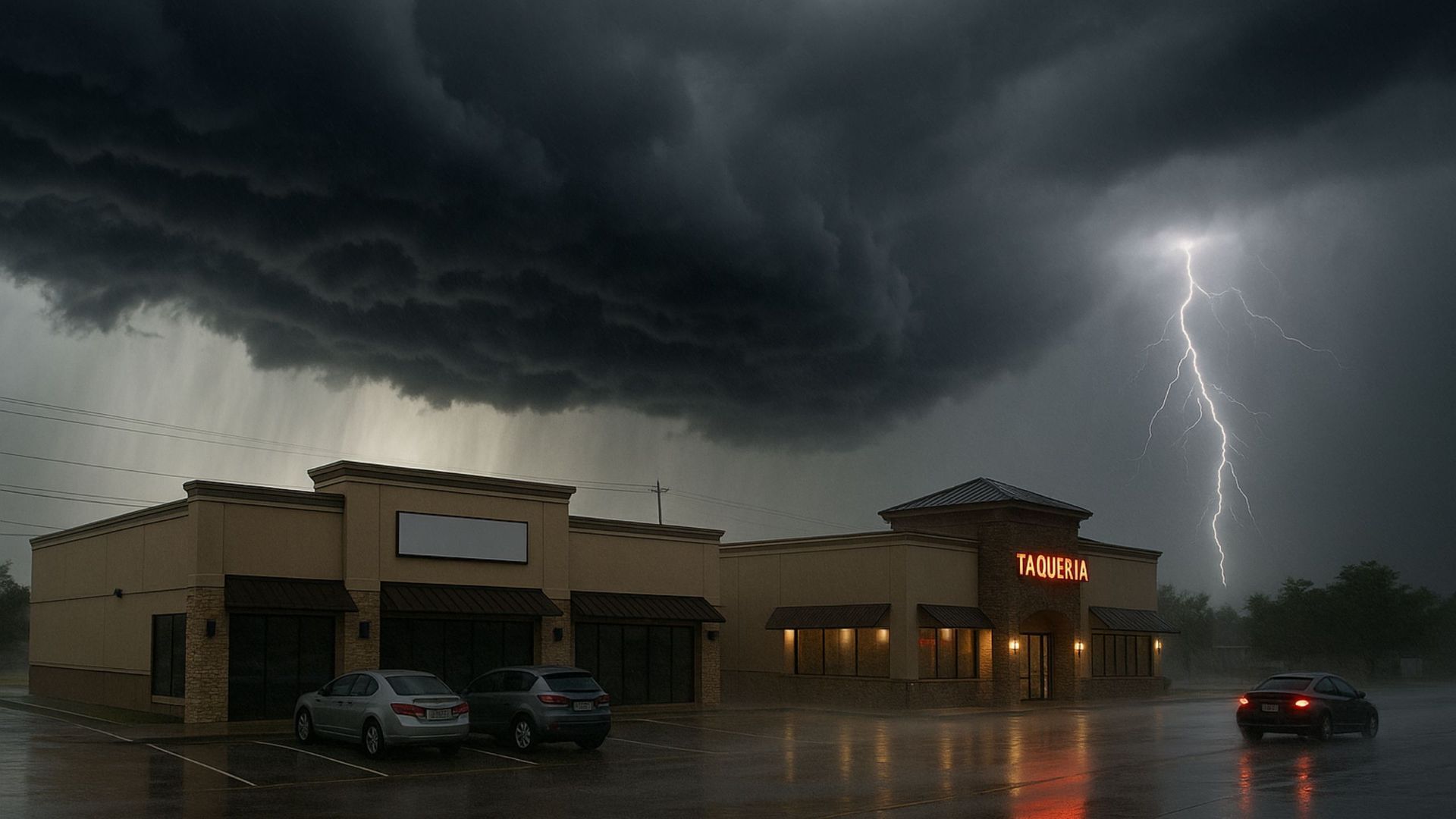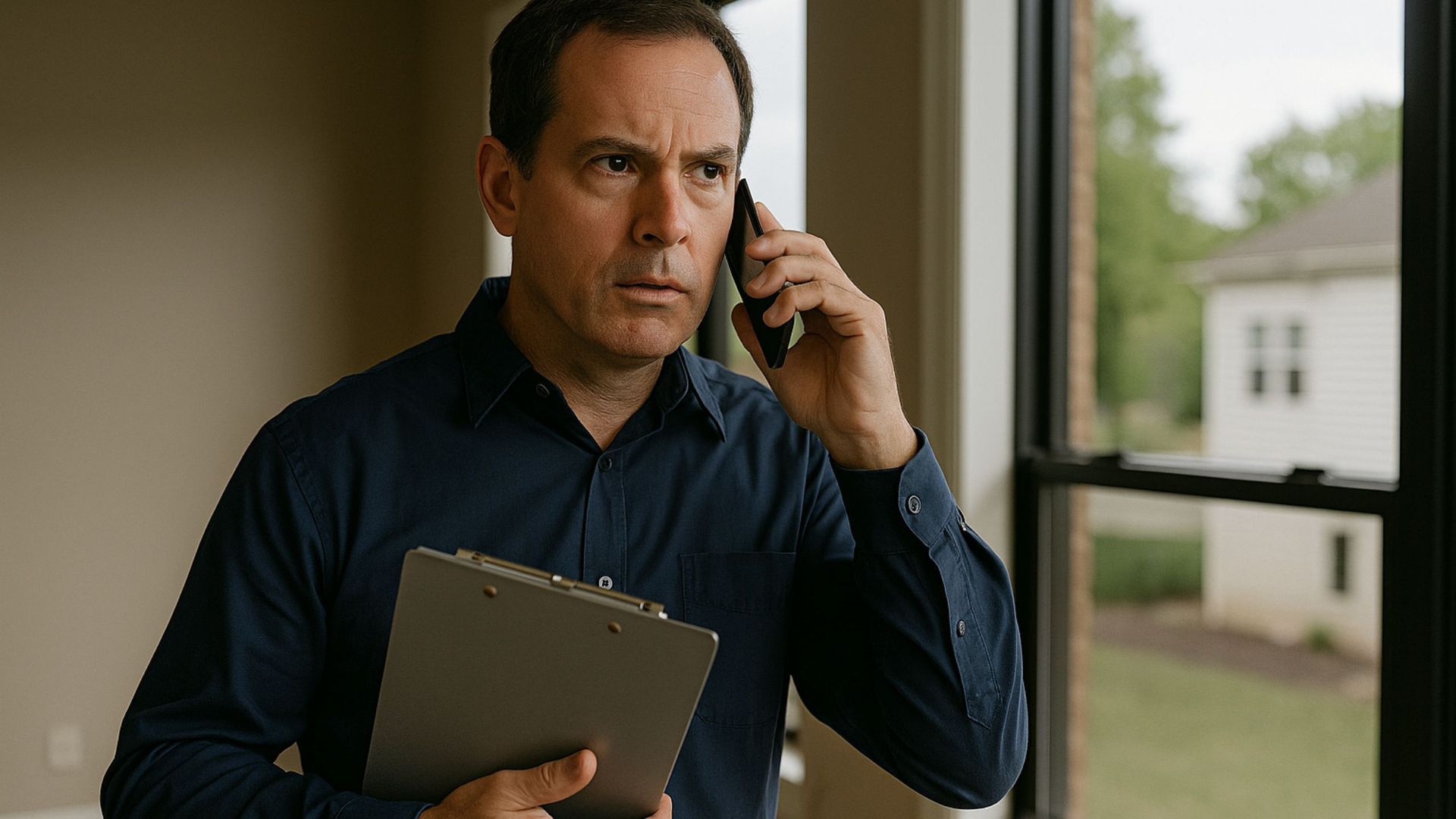Post-Disaster: Forensic Insights into Building Restoration
Natural disasters can wreak havoc on buildings and infrastructure, leaving a trail of destruction in their wake. After a catastrophe, one of the critical processes is rebuilding, which involves restoring what has been lost. But this is no ordinary task; it requires a deep understanding of structural engineering and a forensic approach to assess the damage.

The Role of Forensic Engineering
Forensic engineering holds a crucial role in rebuilding after disasters. It entails inspecting the structural strength of buildings affected by events like earthquakes, hurricanes, or floods. This examination process is vital for several significant reasons:
Assessing Structural Damage
Forensic engineers meticulously assess the extent of structural damage caused by the disaster. They examine foundations, load-bearing walls, roofs, and other critical components to determine what can be saved and what needs to be rebuilt.
Identifying the Root Causes
Understanding why a building failed during a disaster is paramount. Forensic analysis helps pinpoint the root causes, whether it's subpar construction, poor materials, or design flaws. This information is invaluable for preventing future failures.
Designing Restoration Plans
Based on their findings, forensic engineers collaborate with architects and construction teams to design restoration plans. These plans must not only restore the structure to its pre-disaster state but also enhance its resilience against future calamities.

The Investigation Process
Forensic investigations into post-disaster building restoration follow a systematic process:
Initial Assessment
Forensic engineers conduct an initial assessment to determine the safety of entering the damaged structure. This step involves evaluating the stability of the building and identifying immediate hazards.
Site Documentation
Detailed documentation is crucial. Forensic engineers gather evidence through photographs, measurements, and sketches, preserving the scene's condition as it provides vital clues about what went wrong.
Laboratory Testing
In some cases, laboratory testing of materials is necessary to understand their condition and integrity. This step aids in assessing whether the materials contributed to the failure.
Structural Analysis
Engineers use advanced tools and techniques to perform structural analysis. They assess load distributions, stress points, and the integrity of the building's components.
Root Cause Analysis
Determining the root causes of failure is a complex process. It often involves a multidisciplinary approach, bringing together structural engineers, materials experts, and architects
Restoration Planning
Once the investigation is complete, restoration plans are developed. These plans outline the steps needed to rebuild the structure safely and resiliently.

Ensuring Resilience
In the face of increasing climate-related disasters, resilience is a key consideration in post-disaster reconstruction. Forensic insights inform the incorporation of resilience measures into restoration projects. These measures can include earthquake-resistant foundations, flood-resistant materials, and wind-resistant design.
Post-disaster reconstruction is a complex and multifaceted try. Forensic engineering's role in this process is to provide invaluable insights into why buildings failed and how they can be rebuilt stronger and more resilient. By understanding the past, we can better prepare for the future and ensure that our structures can withstand the forces of nature.
Forensic insights into building restoration are not just about rebuilding; they are about building back smarter, safer, and more resilient.
Looking to Rebuild Smarter and Safer After a Disaster? Contact Us Today!
In the aftermath of a catastrophe, rebuilding isn't just about restoring what was lost; it's about constructing a better, more resilient future. Our forensic engineering and building consulting services specialize in unraveling the mysteries behind construction failures and helping you build back stronger.
Why Choose Us?
- Expertise: Our multidisciplinary team brings years of experience in failure analysis and structural assessments.
- Insightful Solutions: We provide invaluable insights into why buildings failed, ensuring they can withstand future challenges.
- Safety: Your safety is our priority. We focus on creating structures that are smarter, safer, and built to last.
- Resilience: Building back isn't enough; we aim to make your structures more resilient against nature's forces.
Prepare for a Safer Tomorrow!
Don't wait for disaster to strike twice. Contact us today to request our forensic engineering and building consulting services. Let's build a safer and more resilient future together!







